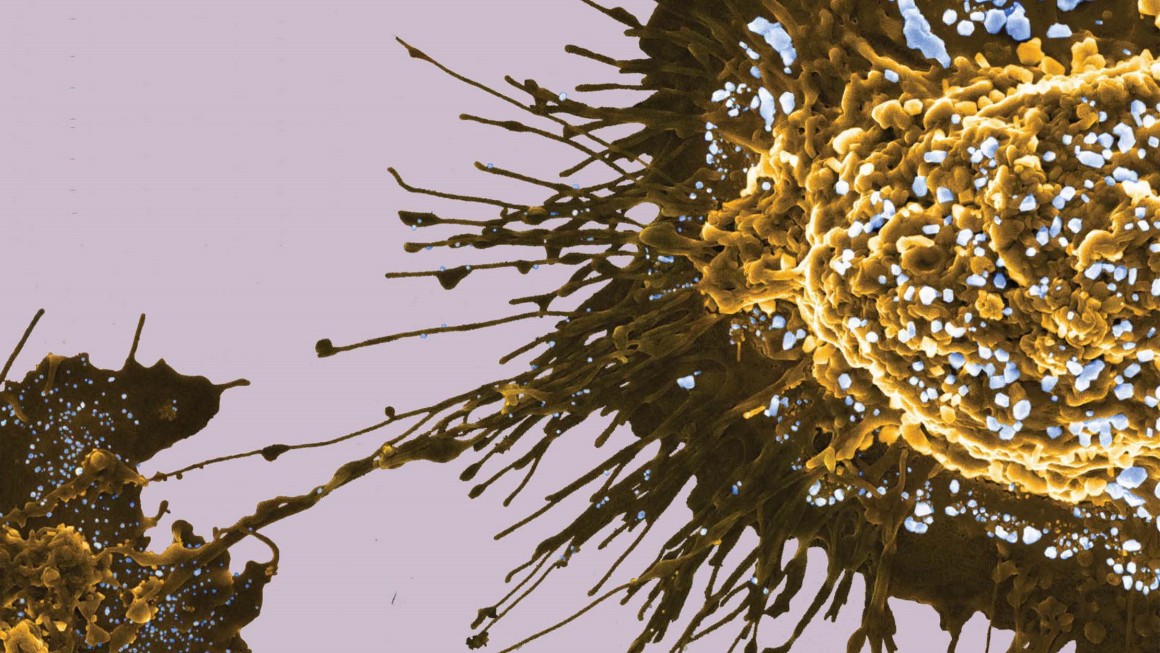PROTAC(Proteolysis Targeting Chimera) is a brand new technique applied to induce the degradation of targeted protein through the ubiquitin-proteasome system. The PROTAC molecule consists of a ligand that binds the target protein, a ligand that recruits the E3 ubiquitin ligase and a linker between the two ligands. The PROTAC molecule forms a stable ternary complex with the target protein and E3 ubiquitin ligase which sticks the ubiquitin label to the target protein, and the ubiquitinated target protein is identified and degraded by the proteasome. The non-covalent PROTAC molecule can be dissociated from the ternary complex for recycling.
PROTAC linker connects the E3 ubiquitin ligase ligand to the target protein ligand, and the design and selection of linker are crucial to the properties of PROTAC molecules. The type, length and binding site of linker will affect the structural rigidity, hydrophobicity and solubility of PROTAC, and thus affect the formation and the final degradation activity of ternary complex.
PEG is the most commonly used linker in PROTAC development, with 54% of reported PROTAC molecules using PEG as a linker.
The role of PEG linker in PROTAC:
a. The introduction of PEG can increase the water solubility of PROTAC molecules, affect cell permeability, and thus affect oral absorption.
b. By using PEG with different chain lengths, it is easy to systematically change the linker length and affect the degradation efficiency of PROTAC molecules.
c. Theapplication of diverse bifunctional PEG linkers can assemble molecules simply and quickly with different linking groups, accelerating the screening to obtain effective degradation structures.
Compared to traditional small molecule inhibitors, PROTAC technology has more advantages in activity, selectivity, targeting proteins, overcoming drug resistance etc. It has developed rapidly in recent years, and has become a major tool in the development of new drugs.




